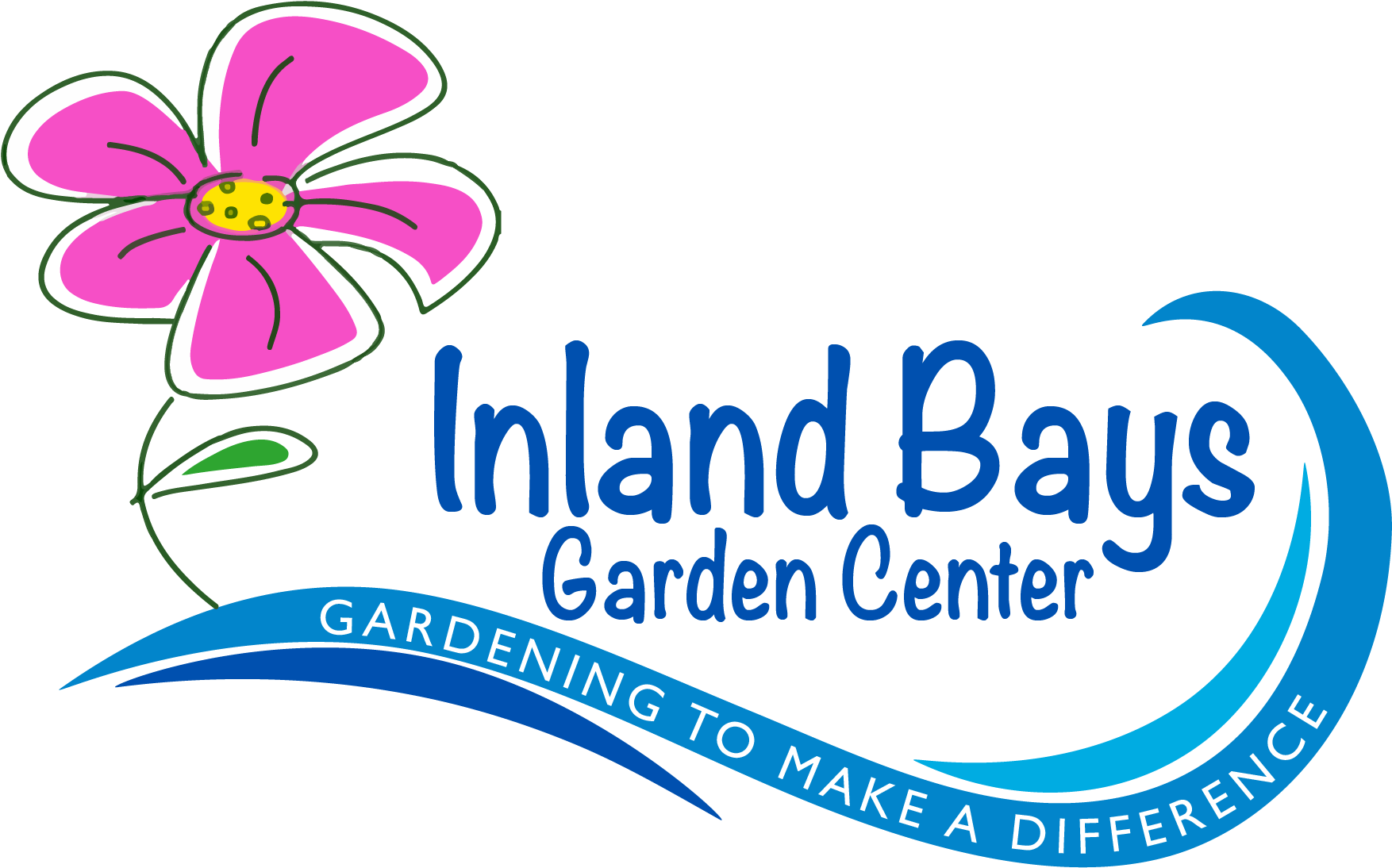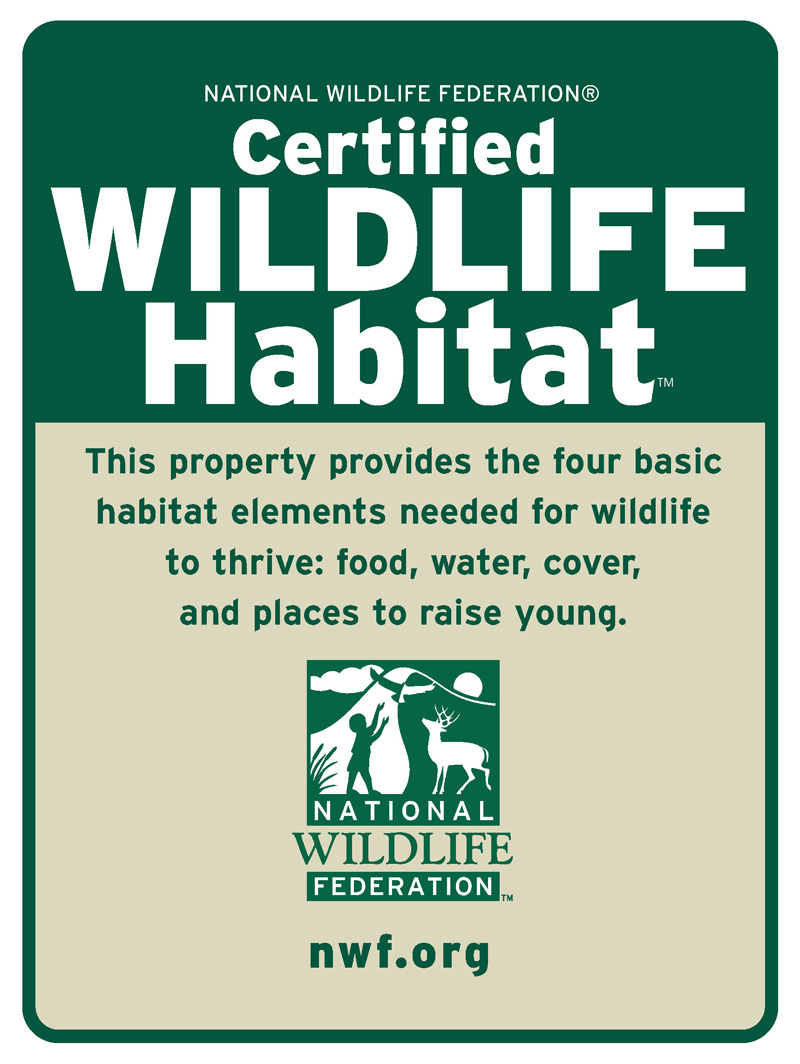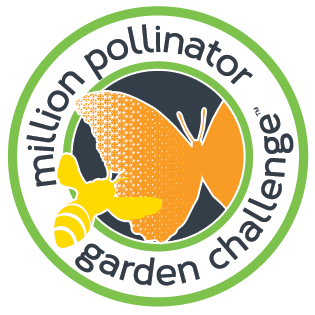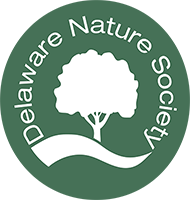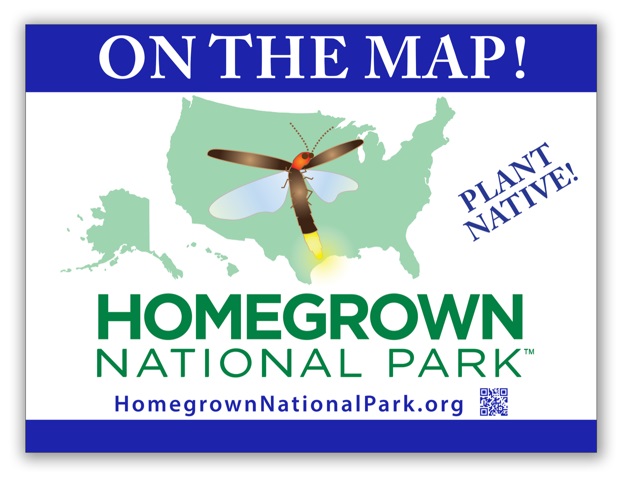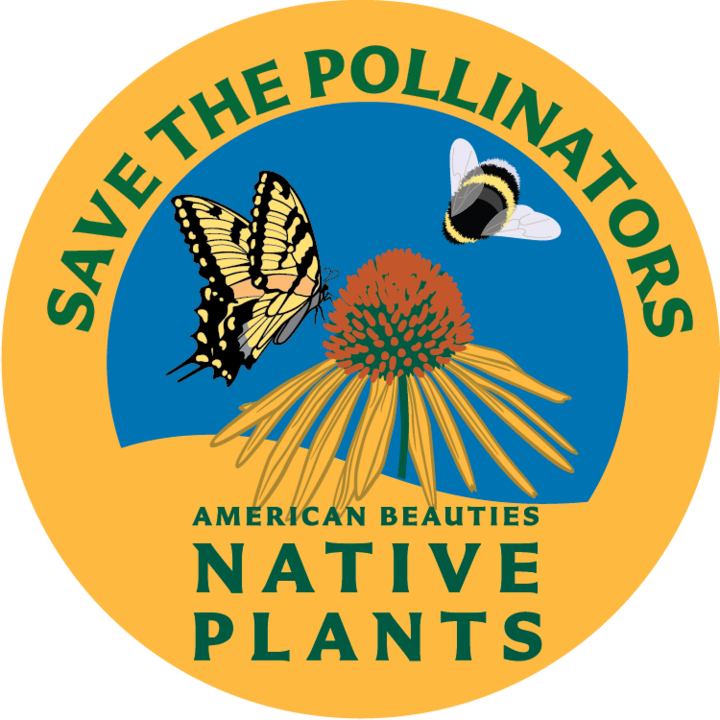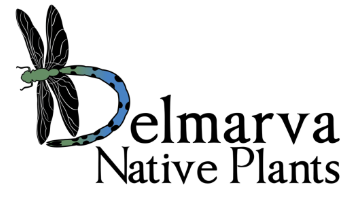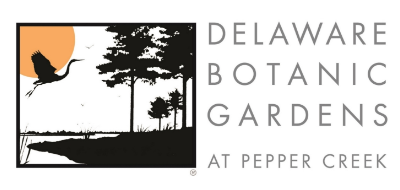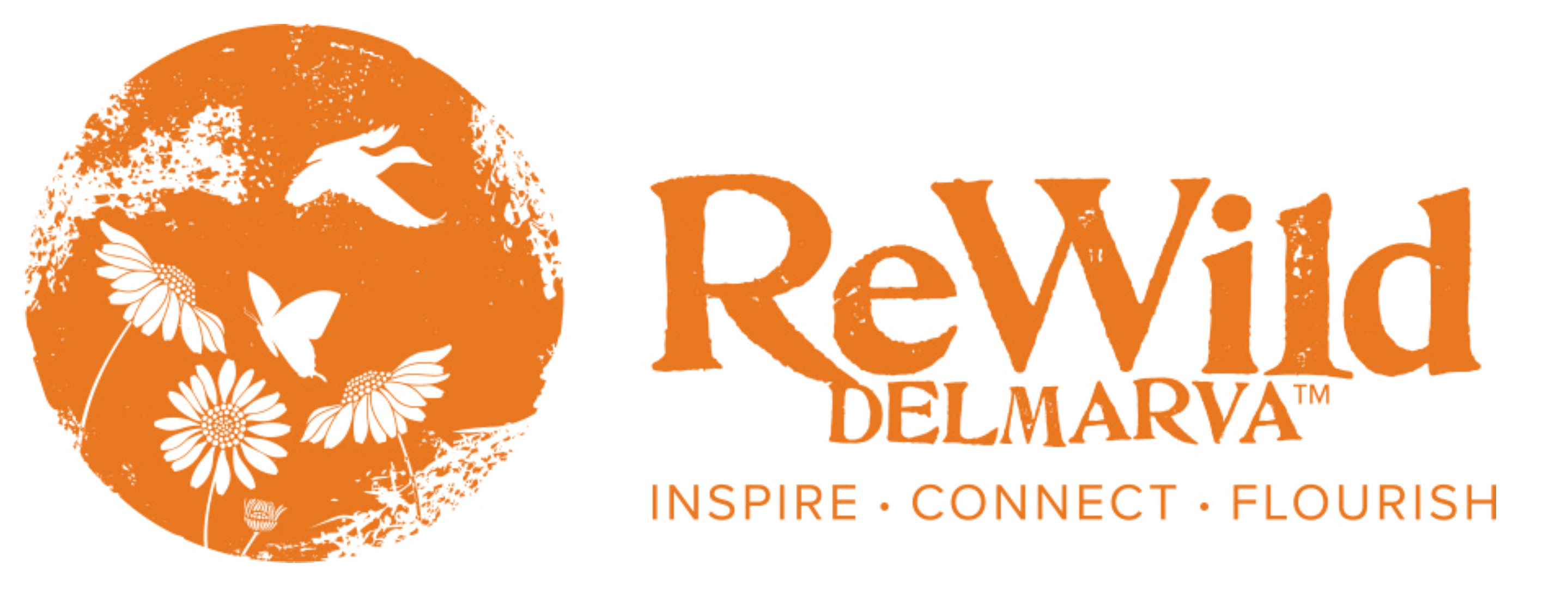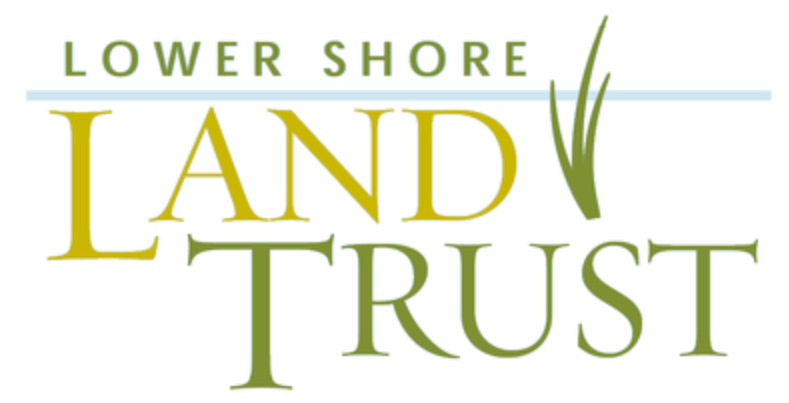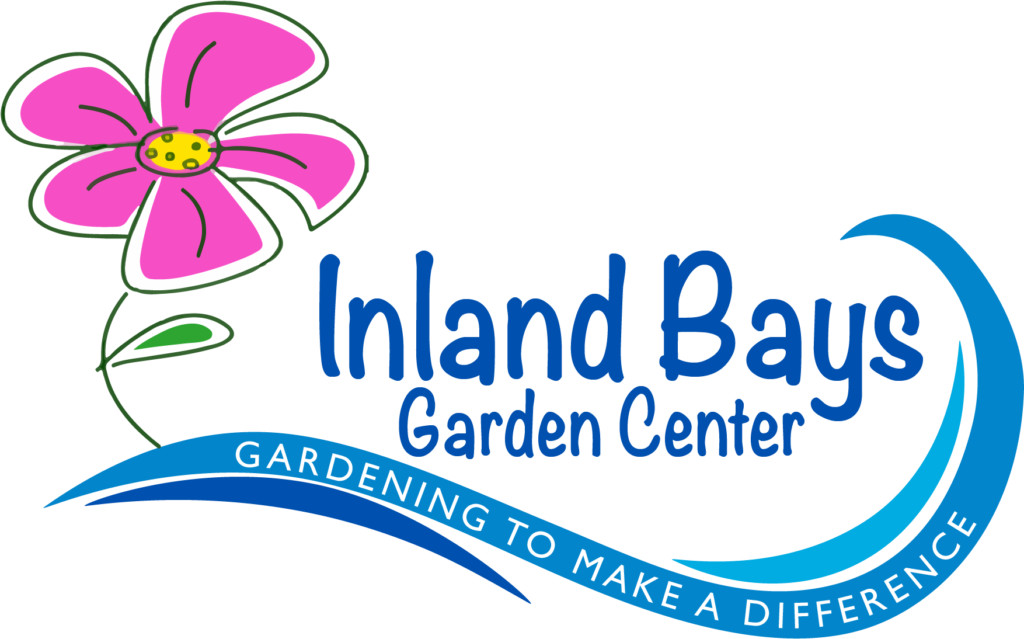Notable Natives: July is National Blueberry Month
By Su Fiske | Special to the Coastal Point July 20, 2023

Getty Images • Ed Corey
Since July is blueberry month, I feel obligated to write about them. High bush blueberry (vaccinium corymbosum) is one of my favorite, so of course I need to grow them in my garden. They do very well in our area, as our soil is slightly acid, which they love. You can use them as hedges, at the transition zone from a woodland edge to grassy or garden areas, or just as a specimen/focal point in your garden. Blueberry is also perfect for pollinator, edible or rain gardens.
I really think that every naturalized garden should have one to three blueberry shrubs just because of their stunning fall color. Vaccinium corymbosum are a three-season shrub, with their pretty white flowers in the spring, beautiful blue berries in the summer and that spectacular reddish color in the fall. The only downfall with these shrubs is that the birds love the berries as much as I do.
High bush blueberry is native to the eastern United States and can reach 8 to 15 feet tall. (Mine never have – they are more like 4 feet tall.) They are deciduous, slow-growing shrubs that are self-fertile. Vaccinium corymbosum are also low-maintenance, so you should only require occasional pruning. They have been known to live up to 50 years. (That is a lot of blueberries – yummers!).
To get the best yields, it is always best to plant different varieties. This will also extend your growing season. They can be placed as far as 6 feet apart. To deter bad insects, deer and rabbits from blueberry shrubs, I use marigolds, citronella, lemongrass, lemon balm, sage and alyssum. These plants will also attract essential pollinators to your vaccinium corymbosum.
Companion plants:
advertisementAzaleas
Hollies
Rhododendron
Camellias
Pink muhly grass (They look so beautiful together in the fall!)
Dogwoods
Thyme
Cranberry bushes
Columbine
Ferns
Hydrangea (if you like the blue hydrangeas)
Lilacs
Strawberries
Wildlife value
Of course, the birds and mammals like the fruit as much as we do. Their flowers have great nectar for butterflies, bumblebees and specialized bees. Vaccinium corymbosum is host to 223 species of lepidoptera larvae, including the red-spotted admiral and brown elfin (callophrys augustinus) larvae. While bees are the principal pollinators, butterflies also love the nectar. The berries are an essential food source for native and migrating birds, such as the ruffed grouse, wild turkey, robin, bluebird, scarlet tanager, towhees, catbird, mockingbird, brown thrasher and cardinal.
Fun facts:
Vaccinium corymbosum are native to North America, so we should be saying, “As American as blueberry pie!” (Apples are from Asia.) Native Americans have been eating blueberries for eons, but they have only been grown as a food source for the last 100 years.The high bush blueberries are the ones most likely to be found in grocery stores.
Did you know they freeze in four minutes, help lower your blood pressure, help your heart and make you smarter? They really are a “super food.”
Read the article in the Coast Point here.
